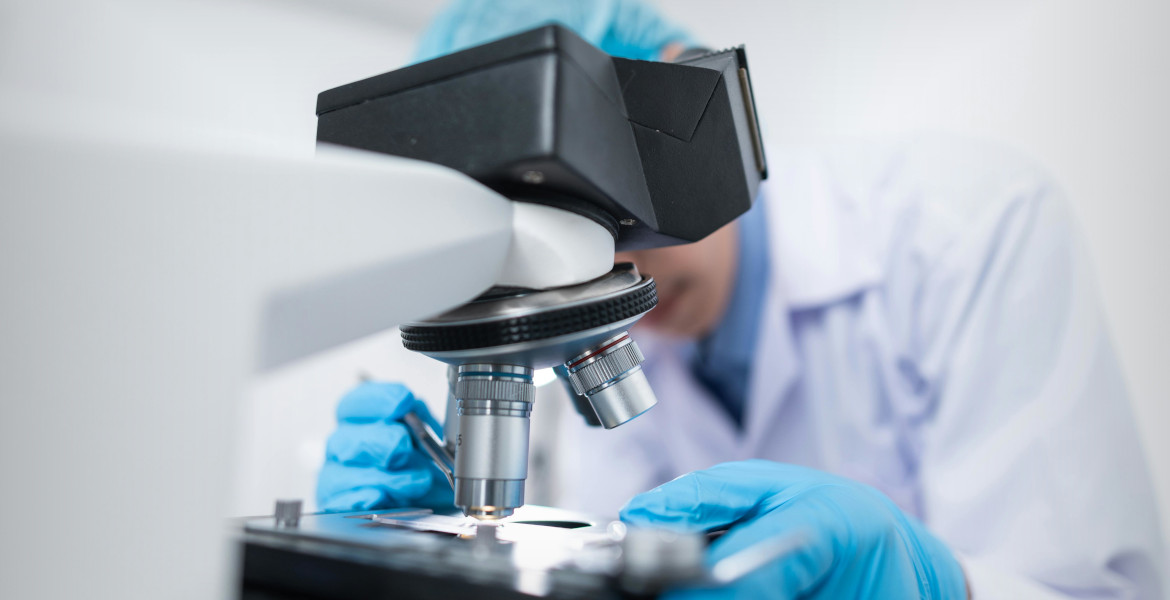In a new study, researchers found a link between reduced social media use and increased well-being. There was also a significant reduction in social media addiction among some of the study participants.
Previous studies have shown that social media can have a negative impact on health. For example, passive scrolling can increase the risk of depression and feelings of loneliness, according to a British study. Another study has shown that reduced use of social media improves students' self-image.
In a new study published in the Journal of Technology in Behavioral Science, researchers wanted to see how reducing social media use affects health. 50 students between the ages of 18 and 30 from six different British universities were recruited for the study, where the requirements were to use either Facebook, Snapchat, Instagram or Twitter. They also had to be able to track their screen time in some way.
The students were divided into three different groups, with one group not reducing their social media time at all, the second group reducing it by 15 minutes, and the third group reducing it by 15 minutes each day and replacing it with an activity such as reading or exercising. At the same time, participants completed assessments measuring their social media use and quality of life factors such as loneliness, health, sleep quality, anxiety and depression both before and after the study. The study lasted for three months.
The researchers found that the group that only had to reduce their social media time did so more than the study required and reported a greater reduction in social media addiction compared to the other two groups. Both the no-change group and the group that would replace the time with an activity showed no reduction in addictive behavior. Psychology professor Phil Reed suggests that it may be beneficial not to tell people how to use their time, but to provide the facts and let individuals manage what they do when they reduce their use.
– They can resent it. Instead, give them the facts, and let them deal with how they make the reduction, rather than telling them to do something more useful—it may not be effective", Reed said.
The middle group also showed greater improvement in other areas compared to the other groups, with general health, immune system, loneliness and depression perceived as better at the end of the study. Reed says the study is consistent with previous research on the topic, that reducing social media use can improve wellbeing.
– These data demonstrate that, when people reduce their social media use, their lives can improve in many ways—including benefits for their physical health and psychological well-being, he says.





